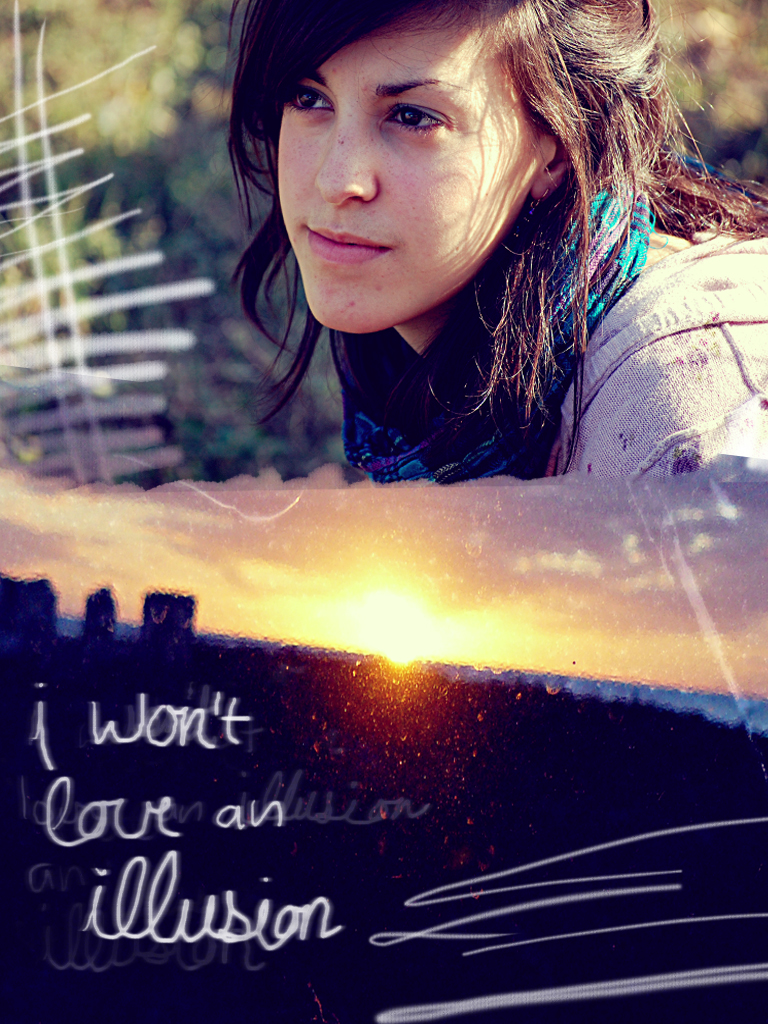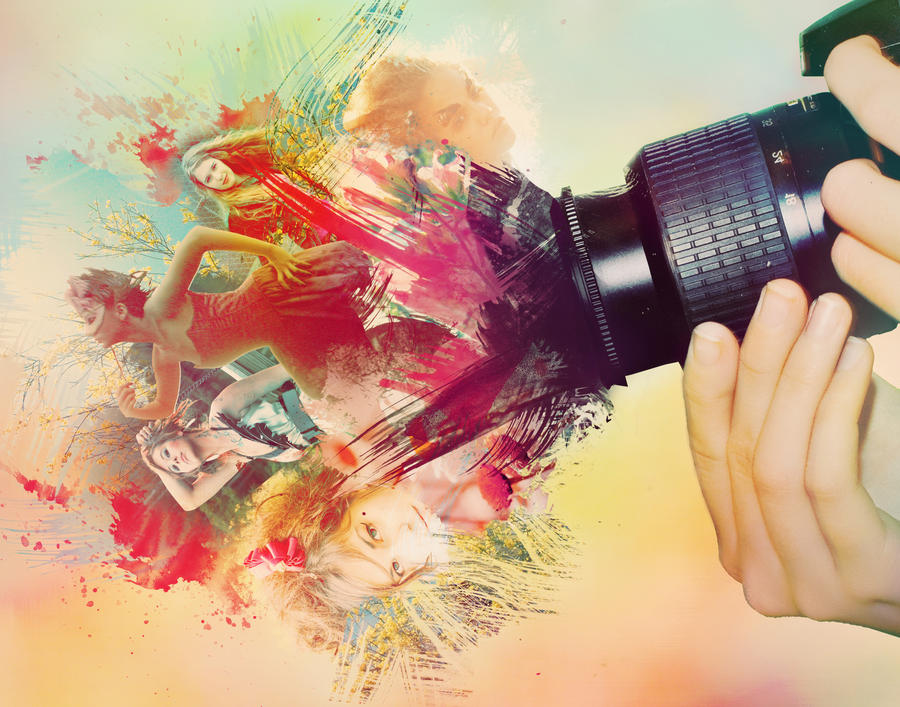
The Big Idea for my final project is Success. This will be employed by looking at different levels of success and the ways in which they are interpreted and dealt with. To accomplish this, I compare two Olympic track and field athletes. One athlete is a heavy favorite to win her event, yet fails to finish after tripping over a hurdle. The second athlete is not the favorite to win, but he does, and shatters the world record in doing so. These images help communicate my Big Idea by showing that success does not have to come down to one single race amongst an entire career (as shown by the woman), but also, that a successful lifetime achievement can also be carried out in a mere 9.69 seconds(as shown by the man). This work could be used as a promotional advertisement for the Olympics as a way to lure in viewers.
I incorporated one of the images from my midterm into the final because I thought it brought the two athlete pictures together well, and due to the amount of time I originally spent placing the fireworks in the sky and reflecting them in the water. Another part of my project to point out is the record board on the far right. The actual record board that was used in the Beijing games was red and had the 9.69 world record shown. The yellow record board is from the 2009 World Championships and had the new 9.58 world record shown. Since I thought the yellow board went better with his jersey, I used that, but manipulated the numbers on it to show the Beijing time of 9.69 instead of the World Championships time of 9.58. This proved to be a good showcase of the many different techniques I have learned throughout the quarter.
An influence that I incorporated into my work was sports photography because of the way it captures so much intensity and emotion from a single point in time. An example of this is the work done by photographers Bill Frakes, Neil Leiffer, and Walter Looss Jr.



One Photoshop technique that I incorporated for the first time into my final project was the use of black and white background images with color foreground images. This made for a great effect in pulling the subject of the image out to the viewer’s eyes, while sustaining the background image into a more trivial role in the overall composition.


















